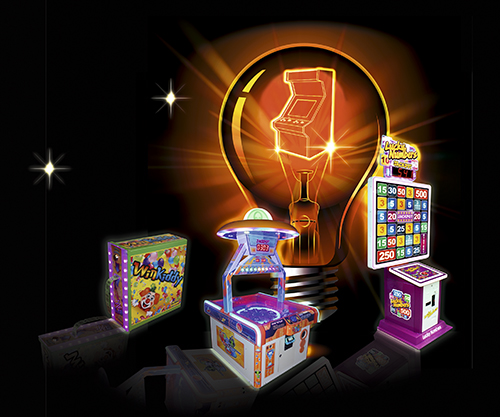Is there a blueprint for the perfect children’s game or is it mostly luck? InterGame spoke with several of the industry’s leading manufacturers to gain an insight into designing games for this important audience.

DESIGNING games for the youngest players brings its own unique set of challenges, not least in creating products that are accessible and – above all – engaging.
Tailoring games to children has its rewards, however, as the industry shifts away from catering to older children and teenagers towards offering entertainment for the whole family. And parents are happier for their children to play games that they feel are value for money and provide good, wholesome fun. Whether it is through redemption games, kiddie rides or video-based titles, entertaining this youngest of audiences is now an integral part of the amusement experience.
In recent years, the suggestion has been that the focus for manufacturers has shifted away from games that are aimed at the teenage market, typically video games, in favour of more family-orientated equipment, such as ticket redemption. This is partly a response to the decline in interest in pay-to-play video in the wake of affordable home game consoles, while at the same time demonstrating the industry’s awareness of the growing need among families for entertainment that caters to a wider age group.
IG: Do you agree that there has been a shift within the amusement industry towards offering entertainment that caters to the whole family?
CHRIS CLIFTON, HARRY LEVY AMUSEMENTS: “Entertainment that caters to the whole family has always been a core concept within the amusement industry; experience and advancements in technology have allowed us to capitalise on this. Things like linked games, shared features, clever design and simply turning a single-player machine into a multiplayer machine have proven to be a success.”
Read the full article in the September issue of InterGame

